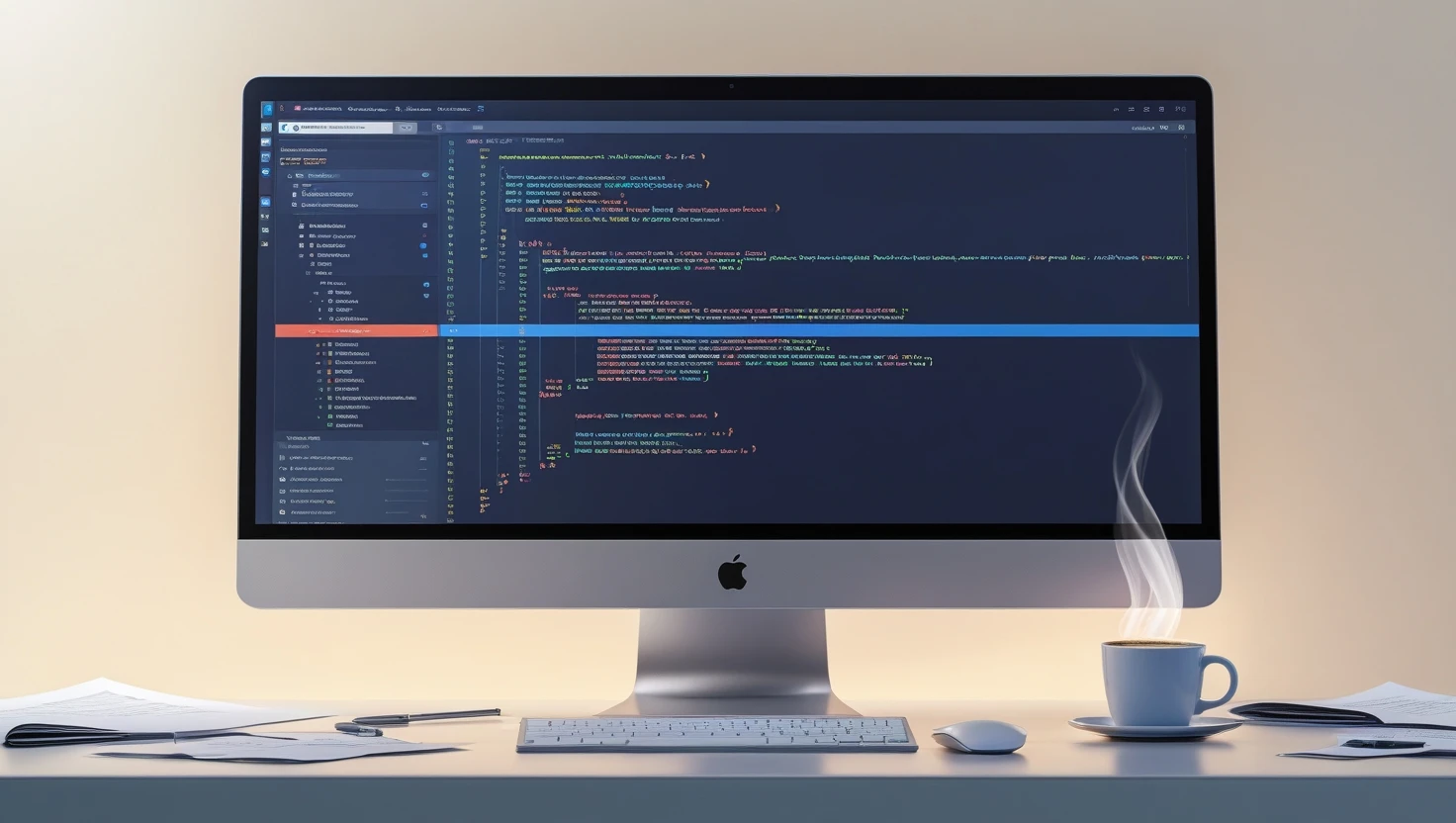Tips to Score High in Board Exams — Proven Strategies, Study Plans & Exam-Day Tactics
Board exams often feel like a make-or-break moment, but with the right strategy they become a manageable stepping-stone to your academic goals. This guide brings together practical, evidence-backed advice tailored for students aiming to perform at their best. You’ll find a clear roadmap that begins with understanding the syllabus and exam pattern, and moves through realistic study plans, smart revision strategies, and stress-management techniques. Each tip is written in simple, actionable language and focuses on methods that improve retention and reduce last-minute panic. We explain active recall, spaced repetition, and problem-based practice, and show how to use them in daily study sessions. The guide also breaks down time management into weekly, daily, and hourly plans so you can balance revision, practice, and rest without burning out. Sample study schedules and prioritization techniques help you focus on high-weightage chapters while steadily improving weaker areas. Practice is covered thoroughly: how to design mock tests, evaluate answers, and turn mistakes into learning opportunities. Handwritten answer practice, time-bound questioning, and error logs are explained with simple examples. Beyond academics, we discuss sleep hygiene, nutrition, and short exercise routines that boost concentration and memory. Practical tips to manage exam-day nerves, an exam checklist, and smart answering tactics help maximize marks even when a question seems difficult. The guide also includes advice for parents and teachers who support students, straightforward habit-tracking templates, and suggestions for tailoring study methods to different learning styles. With realistic timelines and encouraging examples, this description promises a balanced plan—one that respects health while demanding discipline—to help you reach your target scores. Now.
Tips to Score High in Board Exams — A Complete, Practical Guide
Board exams are important milestones. Scoring high takes planning, focused practice, and good habits. Below is a step-by-step guide you can follow from the start of the academic year to exam day.
Know the Syllabus and Exam Pattern Thoroughly
Before you study, understand exactly what will be tested.
Why this matters
Syllabus clarity prevents wasted effort on irrelevant topics.
Knowing the exam pattern helps allocate time to high-mark questions.
Action steps
Download the official syllabus and past three years’ question papers (or check the school board website).
Highlight chapters with higher weightage and mark the ones you find difficult.
Build a Realistic Study Plan
A realistic plan is achievable and sustainable.
Weekly and daily plans
Block study hours in the morning for difficult subjects and evenings for revision.
Use a weekly plan with 4–6 study blocks per day, each 45–60 minutes long with 10–15 minute breaks.
Example timetable
6:00–7:30 AM: Mathematics (problem practice)
8:00–9:00 AM: School classes / revision
4:00–5:00 PM: Science theory (active recall)
7:00–8:00 PM: Language / writing practice
Study Smart — Techniques That Work
It’s not just hours; it’s how you use them.
Active recall and spaced repetition
Convert notes into questions and test yourself.
Review material at increasing intervals (1 day, 3 days, 7 days).
Feynman technique
Teach a topic aloud in simple language; if you get stuck, you’ve found a gap to fix.
Practice over passive reading
Solve past paper questions and sample tests rather than rereading chapters.
Write answers by hand—school exams reward clear handwriting and structure.
Make Notes That Help You Revise Fast
Notes are a time-saver during the final revision.
What to include
One-line summaries for each topic.
Important formulas, dates, and definitions in a separate sheet.
Mistake log: record errors you made during practice and why they happened.
Formatting tips
Use headings, bullet points, and short sentences.
Color-code only if it helps; don’t overdo highlighting.
Practice with Purpose — Mock Tests and Timed Sessions
Practice is meaningful only with review and timing.
How to do mock tests
Simulate the exam environment: timed, silent, and handwritten.
After each test, spend as much time reviewing mistakes as you did taking the test.
Analyze results
Categorize mistakes: knowledge gap, careless error, or time management issue.
Convert weak areas to daily micro-tasks for the next two weeks.
Improve Answer Writing and Presentation
Board exams often reward presentation as much as content.
Structure answers
Start with a one-line introduction (where relevant).
Use numbered points, short paragraphs, and underline keywords.
For long answers, add a neat conclusion or summary sentence.
Time allocation during the exam
Spend 10–15% of total time reading the question paper.
Answer high-scoring questions first if confident; otherwise attempt all short questions to secure marks.
Time Management — Long-Term and Exam-Day
Good time planning prevents last-minute panic.
Long-term habits
Study consistently (small daily wins) rather than intense weekend sessions.
Use the Pomodoro method for long study hours: 25–30 minutes focus, 5 minutes break.
Exam-day routine
Sleep well the night before (7–8 hours for most students).
Wake up early, have a light, balanced breakfast, and reach the center with time to spare.
Keep Your Body and Mind Fit
Healthy habits improve concentration and memory.
Sleep and nutrition
Avoid all-night cramming; memory consolidation happens in sleep.
Prefer whole grains, proteins, fruits, and water over heavy, greasy food.
Short routines for stress
5–10 minutes of breathing exercises before study sessions.
Short walks between study blocks to refresh the brain.
Common Mistakes to Avoid
A few avoidable errors cost many marks.
Relying solely on reading notes without writing answers.
Ignoring past papers and pattern changes.
Overstudying one subject and neglecting others.
Skipping mock tests or not reviewing mistakes.
Tips for Different Subjects (Quick Examples)
Mathematics: Practice problem sets daily; maintain formula sheet and show steps clearly.
Science: Make concept maps and explain experiments in simple words.
Languages: Focus on grammar, vocabulary, and practice writing full-length answers.
Social Studies: Create timelines and mind maps for historical events.
Motivation and Focus — Keep Going
Motivation fluctuates; use systems to maintain momentum.
Set weekly goals and small rewards for achieving them.
Study in short bursts with friends for discussion, or alone for deep focus.
Keep a progress chart visible to see improvement over time.
Three-Phase Preparation Plan (Long Term, Mid-Term, Final Month)
Breaking preparation into phases makes goals measurable and less stressful.
Phase 1 — Foundation (Start of Course to 3–4 months before exams)
Finish textbooks on time and make concise notes after every chapter.
Attend classes actively and clarify doubts the same week.
Build a habit log: hours studied, topics covered, and errors noted.
Phase 2 — Consolidation (3–4 months before exams)
Start regular mock tests (one full-length test every 10–14 days).
Increase practice for objective and application-based questions.
Allocate time to revise older topics once a week.
Phase 3 — Final Revision (Last 4 weeks)
Shift to high-yield revision: rework summaries, formula sheets, and past-year high-weightage questions.
Take at least two full-length mock exams per week under timed conditions.
Avoid starting new chapters in this window; focus on strengthening and polishing answers.
The Last Month — How to Use It Wisely
The last month is for revision, consolidation, and confidence-building.
Organize a revision calendar that repeats each subject multiple times (spaced repetition).
Use the 3:2:1 rule: three days for difficult topics, two days for moderate, one day for light topics per revision cycle.
Prioritize board-marking trends: identify types of questions frequently asked and practice them.
How to Approach Any Question — Step-by-Step Method
A reliable question approach saves time and reduces mistakes.
Read the question twice; underline key terms.
Decide quickly whether to attempt now or leave for later.
For long answers, jot a short outline of points before writing.
Use diagrams, tables, or labeled steps if they make the answer clearer.
Recheck calculations or factual statements if time permits.
Handling Tough Subjects or Weak Areas
Everyone has weak areas; convert them into strengths with focused tactics.
Break the topic into smaller subtopics and master one at a time.
Use error logs: write the mistake, the correct approach, and one-line reason.
Pair with a study buddy or teacher for weekly doubt-clearing sessions.
Practical Exams, Projects and Viva
Board exams often include practicals and oral components—don’t neglect them.
Prepare a checklist of experiments or project steps and document results neatly.
Practice viva questions aloud with a peer or teacher; record and note improvement points.
Keep a soft copy and a printed copy of project work for submission and quick revision.
Using Technology Wisely
Technology can boost preparation when used correctly.
Use spaced-repetition apps (e.g., flashcard apps) for formulas and definitions.
Watch short video explainers for tricky concepts, but avoid long, passive lectures.
Limit social media and set focused study sessions using website blockers if needed.
Time-Saving Study Hacks
Small habits multiplied over weeks save hours.
Learn common question formats and practice template answers for long questions.
Create one-page revision sheets for each chapter with formulas and key points.
Read question instructions carefully in exams—marks are often lost to misread directions.
Sample 8-Week Study Plan (High-Level)
Week 1–2: Finish remaining syllabus, make summary notes.
Week 3–4: First round of full syllabus revision + one mock test per fortnight.
Week 5–6: Target weak areas, increase mock tests to one per week.
Week 7: Full-length mock tests twice a week, revise error logs.
Week 8 (Last Week): Quick revision, light practice, and rest days before exam.
Exam-Day Checklist
Carry only essentials and keep a calm routine.
Admit card, photo ID, and stationery (extra pens, pencil, eraser, ruler).
Wristwatch (if allowed), transparent water bottle, handkerchief.
Healthy snack (if exam permits a short break), and simple medicines if needed.
Avoid heavy meals before exam; wear comfortable clothes.
For Students with Limited Time
If you start late, focus on smart recovery.
Identify 10–12 high-weightage topics that can give maximum marks.
Use active recall and timed practice daily—prioritize quality over quantity.
Skip perfection in every topic; ensure you can answer all high-scoring questions well.
Parental Support and Study Environment
A supportive home environment makes a big difference.
Discuss a daily routine with parents so they can help reduce distractions.
Set boundaries: dedicated study space, restricted visitor hours, and focused support without pressure.
Parents can help by arranging quiet time, healthy meals, and encouraging short breaks.
Answering Objective vs Subjective Papers
Understanding the nature of the paper changes approach.
Objective (MCQs, short answers): Accuracy and speed are crucial. Use elimination techniques for MCQs and mark questions you are unsure about to revisit quickly.
Subjective (long answers): Structure and presentation matter. Always plan answers briefly before writing and use examples to illustrate points.
Example — Biology long answer
If asked to “Explain photosynthesis,” outline: definition, balanced equation, light-dependent reactions (brief steps), Calvin cycle (brief steps), and importance. A neat labeled diagram adds marks—draw it when asked or when it supports the answer.
How to Use Past Papers Effectively (Step-by-Step)
Collect the last 10 years of board papers and categorize by question type.
Start by solving them without a time limit to understand patterns.
Next, take them timed and simulate exam conditions.
After every paper, write a 1-page review: what went wrong, why, and the correction plan.
Common Myths and Reality
Myth: Studying longer hours guarantees high marks. Reality: Focused hours with active techniques matter more.
Myth: Cramming is effective. Reality: Cramming helps recall for a few hours but harms long-term retention.
Myth: Good grades require expensive coaching. Reality: Consistent self-study, targeted practice, and smart resources can deliver excellent results.
Quick Revision Template (One-Page for Each Subject)
Topic name at top, 5 key points, 3 important formulas or dates, 2 example problems, and 1 common mistake to avoid. Use this sheet for last-week revision every day.
Final Words — Mindset Matters
Confidence, not panic, wins exams. Replace anxious thoughts with concrete actions: revise, practice, rest. Celebrate small wins and keep perspective—board exams are important, but they are one step in a longer journey. With the strategies in this guide, you can improve steadily, stay calm when it matters most, and score the marks you target. Good luck!












